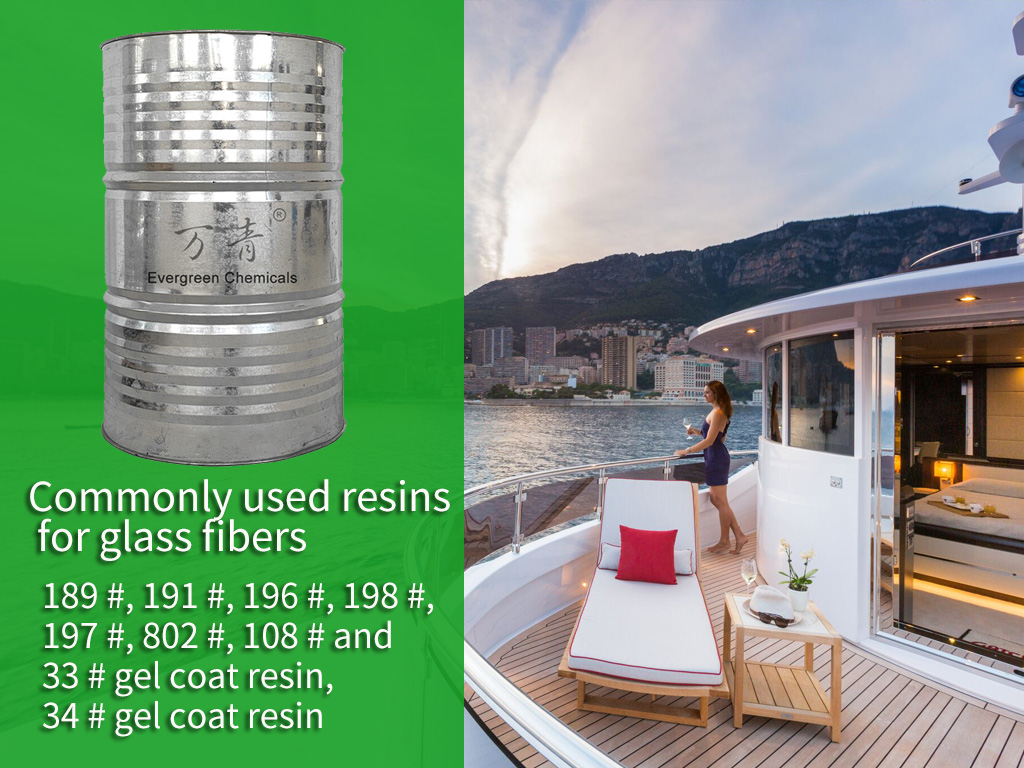Calculation method for resin dosage of glass fiber
 Aug 07, 2023|
Aug 07, 2023| View:326
View:326There are dozens of commonly used resins for fiberglass, including 189 #, 191 #, 196 #, 198 #, 197 #, 802 #, 108 #, 33 # gel coat resin, and 34 # gel coat resin. The resin dosage of fiberglass is an important process parameter that can be calculated using the following two methods.

(1) According to the principle of gap filling, the formula for calculating the adhesive content of fiberglass can only be calculated by knowing the mass per unit area of the glass cloth and the corresponding thickness (a layer of glass cloth is equivalent to the thickness of the product)
(2) Calculate the mass of the product first, determine the percentage content of the glass fiber mass, and then calculate.
① Product surface area × thickness × Fiber reinforced plastic density=product quality:
Product quality × Glass fiber mass percentage content=glass fiber mass;
Product quality - glass fiber quality=resin quality.
② Product surface area × Number of glass fiber layers × Mass per unit area of glass fiber=mass of glass fiber;
Glass fiber quality ÷ glass fiber percentage content=product quality;
Product quality - glass fiber quality=resin quality.
The amount of resin required for pasting can be estimated based on the quality of glass fibers. If short cut felt is used, its adhesive content is generally controlled between 65-75%. If glass cloth is used as reinforcement material, the adhesive content is generally controlled between 45-55% to ensure the quality of the product.












